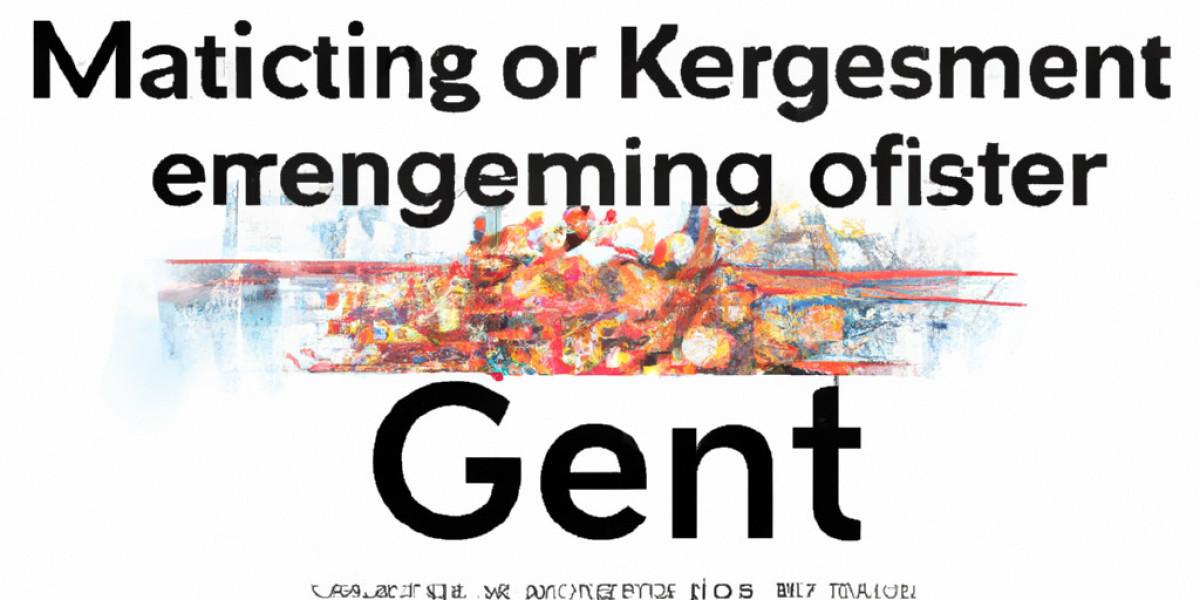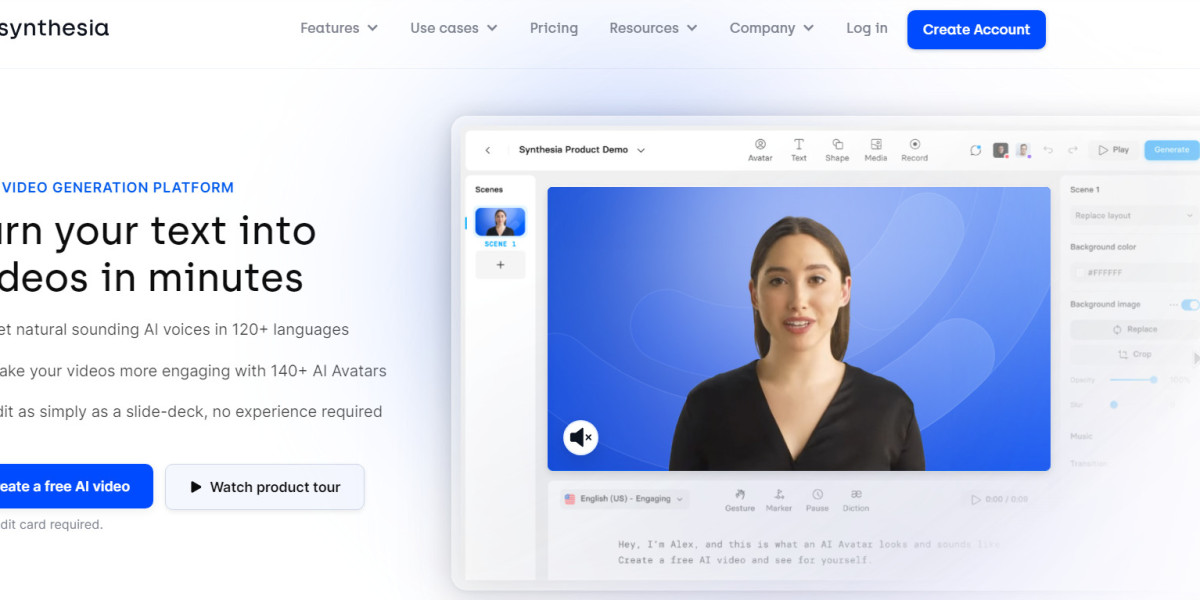The Ultimate Guide to Prompt Engineering for Text-to-Image Generation Models

Image Source: FreeImages
Introduction
Text-to-image generative models have revolutionized the way we create visual artwork. These models utilize the power of artificial intelligence to generate stunning images based on text descriptions. However, generating high-quality images that meet our expectations can be challenging. That's where prompt engineering comes in. In this comprehensive guide, we will explore the fundamentals of prompt design for text-to-image generative models and provide actionable steps to create effective prompts. Whether you're a beginner or an experienced user, this guide will help you harness the full potential of these powerful tools.
Understanding Text-to-Image Models
Before we dive into prompt engineering, let's first understand the basics of text-to-image models. These models are trained to generate images from text descriptions. They have been used for various applications, such as generating images from written stories or creating visual representations of objects or scenes described in text. The input to these models is a prompt, which is a description of the image we want to generate.
The Importance of Prompt Engineering
Prompt engineering plays a crucial role in the performance of text-to-image generative models. The quality and diversity of prompts used to train the models can significantly impact the output images. Effective prompt engineering can help us generate coherent and visually appealing images that align with our creative vision. On the other hand, poor prompt design can lead to unsatisfactory results or even nonsensical outputs. By understanding the principles of prompt engineering, we can optimize our prompts to achieve the desired outcomes.
Prompt Length and Composition
One of the key considerations in prompt engineering is the length and composition of the prompt. While different models may have specific requirements, it is generally recommended to keep the prompt relatively short and concise. This allows the model to focus on the essential elements of the image we want to generate. Long and overly descriptive prompts may confuse the model and result in less accurate or coherent outputs.
Another important aspect is the composition of the prompt. A well-structured prompt that includes both subject and style information can help guide the model to generate images that align with our intentions. By providing clear and specific instructions in the prompt, we can influence the characteristics, style, and overall visual aesthetic of the generated image.
Using Keywords and Descriptive Language
Keywords play a vital role in prompt engineering. Including relevant keywords related to the desired image can help the model understand the specific attributes or features we want to highlight. For example, if we want to generate an image of a cat wearing sunglasses, we can include keywords like "cat," "sunglasses," and "stylish" in the prompt. These keywords provide essential context to the model and guide its image generation process.
In addition to keywords, using descriptive language in the prompt can further enhance the model's understanding of our desired image. By providing vivid details and sensory descriptions, we can convey the desired visual elements with greater clarity. For instance, instead of simply stating "a cat wearing sunglasses," we can say "a sleek black cat confidently sporting a pair of stylish sunglasses." This level of detail helps the model generate more accurate and visually appealing images.
Leveraging Prompt Weighting and Editing
Prompt weighting is a powerful technique that allows us to control the emphasis and importance of specific elements in the prompt. By assigning weights to different words or phrases, we can guide the model's attention and influence the image generation process. For example, if we want the model to focus more on the cat in our prompt, we can assign a higher weight to the word "cat." Conversely, if we want the model to pay less attention to certain elements, we can assign lower weights to those words.
Additionally, prompt editing can be used to refine and optimize the prompt for better image generation. By iteratively modifying and fine-tuning the prompt, we can experiment with different combinations of words, adjust weights, and achieve the desired visual outcomes. Prompt editing allows us to iterate and improve our prompts based on the model's responses, leading to more satisfying and creative image generation experiences.
Incorporating Negative Prompts for Refinement
Negative prompts can be a valuable tool in improving the quality of generated images. By explicitly specifying what we don't want in the image, we can guide the model to avoid certain undesired attributes or features. Negative prompts can be used to remove objects, styles, or image abnormalities that we find unappealing or irrelevant. For example, if we want to generate an image of a beautiful landscape, we can use negative prompts to filter out elements like "ugly," "blurry," or "poorly drawn."
Experimenting with Different Generative Models
There are various generative models available for text-to-image generation, each with its unique characteristics and capabilities. Experimenting with different models can provide us with a broader range of image generation possibilities. Models like DALL*E2, Stable Diffusion, and Midjourney offer distinct features and functionalities. By exploring and understanding the nuances of each model, we can tailor our prompt engineering strategies to maximize the potential of these tools.
Case Studies and Success Stories
To effectively showcase the value of prompt engineering and text-to-image generative models, let's explore some real-world case studies and success stories. These examples will illustrate the practical applications of prompt engineering and demonstrate the remarkable results that can be achieved. From creating stunning artwork to generating realistic scenes, these case studies will inspire and motivate us to push the boundaries of our creativity.
Conclusion
Prompt engineering is a critical aspect of text-to-image generation. By designing effective prompts, we can unleash the full potential of these powerful tools and create visually captivating images. From understanding the fundamentals of prompt design to leveraging techniques like prompt weighting, negative prompts, and prompt editing, we have explored various strategies to optimize our prompt engineering process. By combining creativity with technical expertise, we can unlock new possibilities and push the boundaries of visual storytelling. So, let's embrace the art of prompt engineering and embark on a journey of endless creativity with text-to-image generative models.
Remember, prompt engineering is both an art and a science. It requires experimentation, iteration, and a deep understanding of the models we are working with. By following the guidelines and strategies outlined in this guide, we can elevate our text-to-image generation skills and create stunning visuals that captivate and inspire. So, let's unleash our creativity and embark on an exciting adventure with prompt engineering for text-to-image generative models.
Now, it's your turn to harness the power of prompt engineering and bring your imagination to life. Start experimenting with different prompts, explore the capabilities of different models, and let your creativity soar. The possibilities are endless, and the world of text-to-image generation is waiting for you to leave your mark. So, what are you waiting for? Let's dive in and create something truly remarkable!








